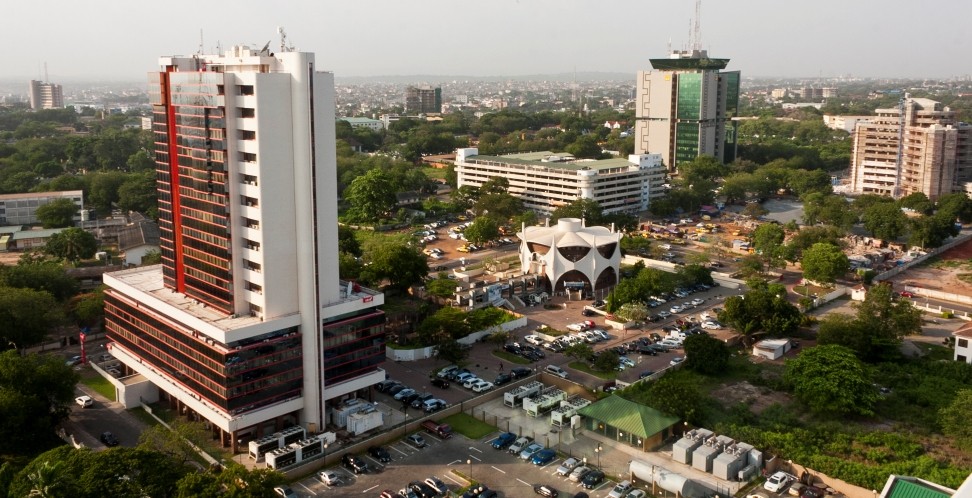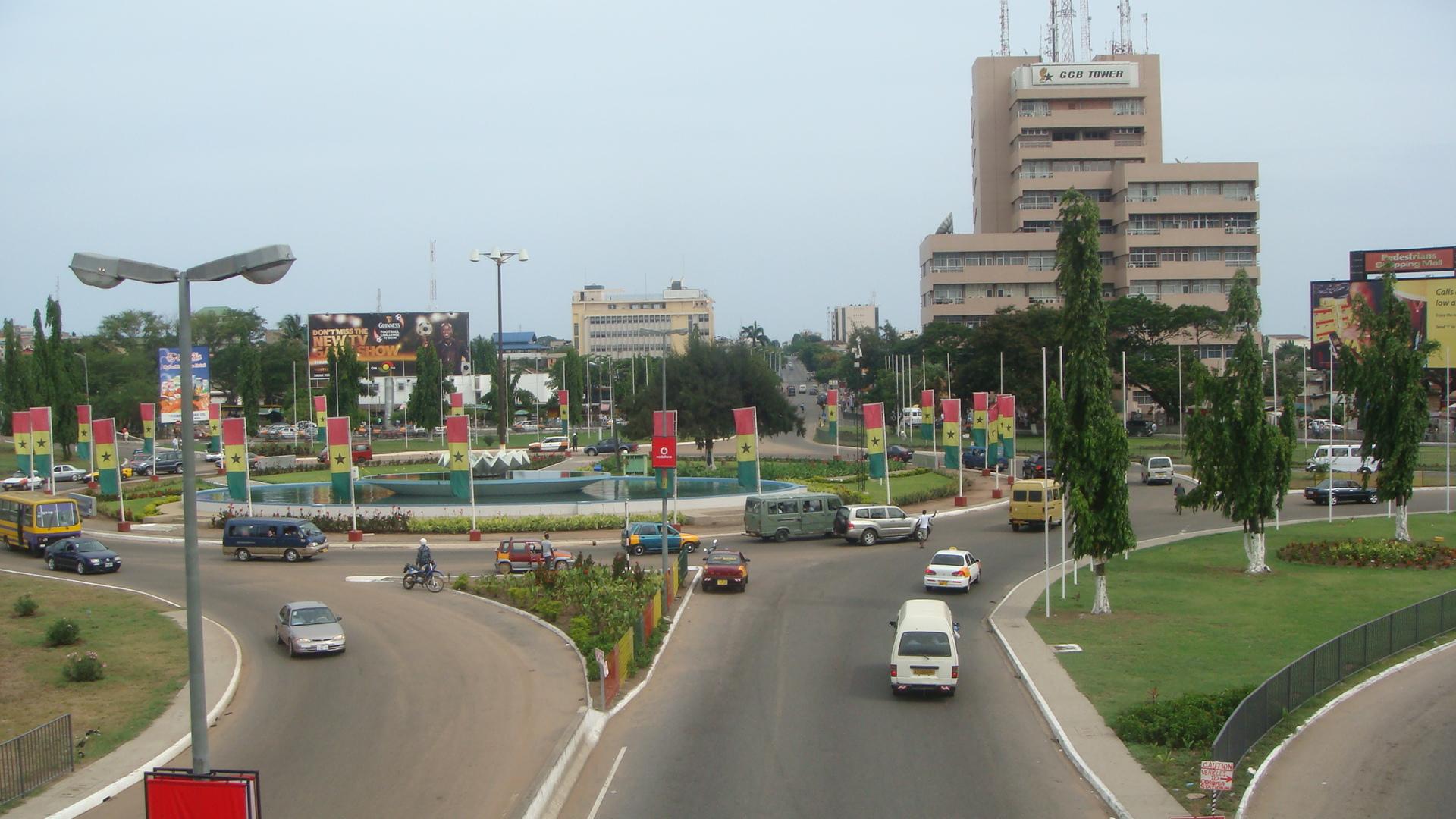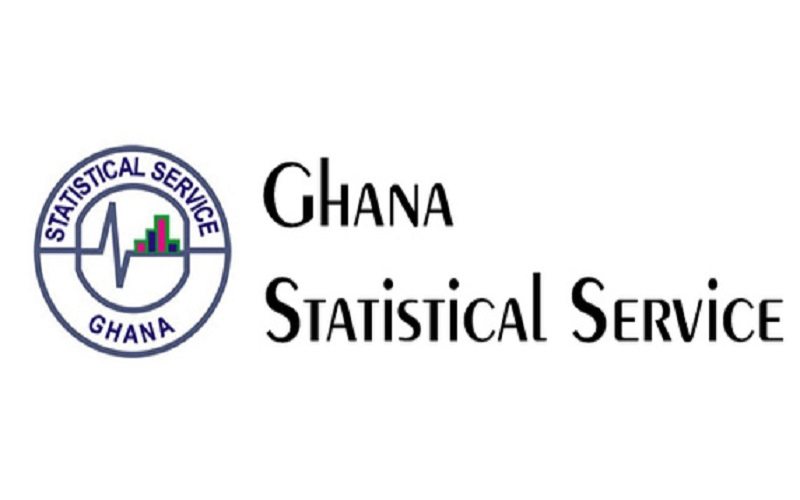Other countries on the list include Niger, Rwanda, Benin, Burkina Faso, Sierra Leone, Tanzania, Senegal, and Côte d’Ivoire. The latest World Bank report projected that Africa’s economy will continue to rise to 3.2% in 2018 and to a further 3.5 in 2019. Below are the details of how the countries were able to make the list.
Africa’s Fastest Growing Economies
10. Niger
Niger’s economic growth estimated at 5.2% in 2017 was driven largely by the secondary sector, particularly oil. In 2018, growth is projected to be 5.2%. The Gross Domestic Product (GDP) in Niger expanded 5% in the fourth quarter of 2017. The economy of Niger, a landlocked sub-Saharan nation is upheld by uranium exports and foreign financial assistance.
9. Rwanda
Rwanda’s economic growth is predicted to be 5.9% in 2018. Between 2001 and 2015, real GDP growth averaged at about 8% per annum. The second Economic Development and Poverty Reduction Strategy (EDPRS 2) outlines the country’s overarching goal of growth acceleration and poverty reduction through four thematic areas: economic transformation, productivity and youth employment, rural development, and accountable governance. The small and landlocked country has a population of about 11.9 million people as of 2016.
8. Benin
Benin’s latest economic growth can be attributed to the ‘Revealing Benin’ programme which acts simultaneously in institutional, economic, and social areas. Among other things, it comprises of 45 flagship projects in the economy’s key sectors. The project is estimated to cost a total of $16 billion and aims to be completed by 2021. Benin’s economy relies heavily on its agriculture and its informal re-export and transit trade to Nigeria which makes up roughly 20% of GDP. The country’s economy is projected to see a 6% growth in 2018.
7. Burkina Faso
Known as a low-income, landlock Sub-Sahara country with limited natural resources, Burkina Faso experienced an accelerated economic growth since 2016 due to few factors including new industrial mines, rebound in gold and cotton prices, and rising grain production. According to the World Bank, the country continued to improve its external position in 2016 with a current account [deficit] of 6.8% of GDP, compared to 8% in 2015. The country’s economic growth is projected to be 6% in 2018.
6. Sierra Leone
After plunging from 6.3% in 2016 to 4.3% in 2017, Sierra Leone’s economic growth is expected to expand by 6.3% in 2018. Total domestic revenue was 3% short of its 2017 target of 3.4 trillion, increasing only slightly to 12.3% of gross domestic product (GDP) from 11.9% of GDP in 2016.
5. Tanzania
Tanzania has seen a relatively high economic growth over the years, averaging 6 – 7%. With an overall population of about 55 million in 2016, the East African country has witnessed a decline in poverty. Although the real gross domestic product (GDP) growth rate slowed in 2017; in 2018, economic growth is expected to hover at around 6.8%. Private sector involvement in the country’s development has helped finance the government’s ambitious investment plans.
4. Senegal
The country was named second in the list of Africa’s fastest-growing economies in 2016. In 2017, Senegal’s economy grew at a rate of 7.1% which was its strongest since the last quarter of 2015 when it was at an all-time high. Analysts expected overall growth to be as high as 6.8% in 2017 and the World Bank predicted a growth of 6.9% for 2018.
3. Côte d’Ivoire
In 2017, Côte d’Ivoire’s annual growth estimates hovered at around 8%. This was expected to expand by 7.2% in 2018. The economic outlook for this country in the next two to three years is positive due to several factors. Côte d’Ivoire is among the largest economies in the West African Economic and Monetary Union.
2. Ethiopia
Ethiopia’s economy reportedly growing at 10% per annum is expected to double within the next seven years. In other words, by 2025, it ought to have grown to look like that of a middle-income nation. The east African country’s economy is concentrated in the services and agriculture sectors. It has the second highest growing economy predicted to grow further by 8.2 percent in 2018. Ethiopia’s economy is boosted by a number of large-scale infrastructure projects including the Grand Renaissance Dam and a railway network.
1. Ghana
Despite a difficult 2016, Ghana made it to the top list of Africa’s fastest-growing economies. The country saw an improvement in her financial performance in 2017 and now, the country is projected to see an 8.3% growth in 2018. The 3rd edition of the Ghana Economic Update shows that the service sector bounced back and, that the fiscal consolidation is paying off. The inflation rate is also down to just 10% and in January, the country’s benchmark stock index achieved the world’s highest rate of growth at 19%. As the IMF map highlighted, when compared with much of the developed world, economic growth is relatively high in Africa. GDP in many African countries is projected to grow by over 2% in 2018. However, ahead of the World Economic Forum on Africa, it is important to recognize the challenges that many African economies face – the commodities slump, currency devaluations, and geo-security risks all threaten growth. The Fourth Industrial Revolution has the potential to create new industries and help reduce inequality across the continent. By implementing reforms and establishing partnerships, African nations can take advantage of the rapid technological advances.




